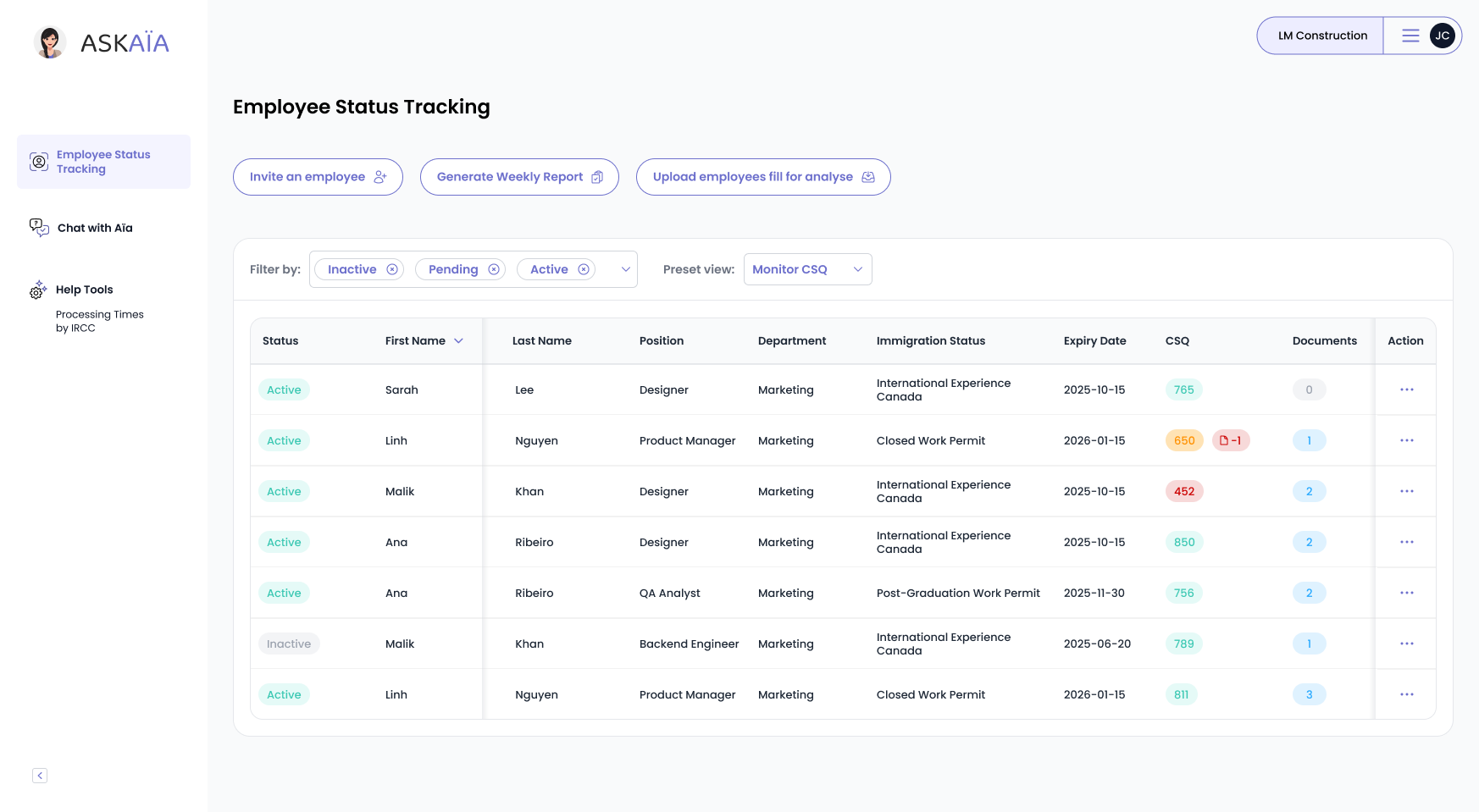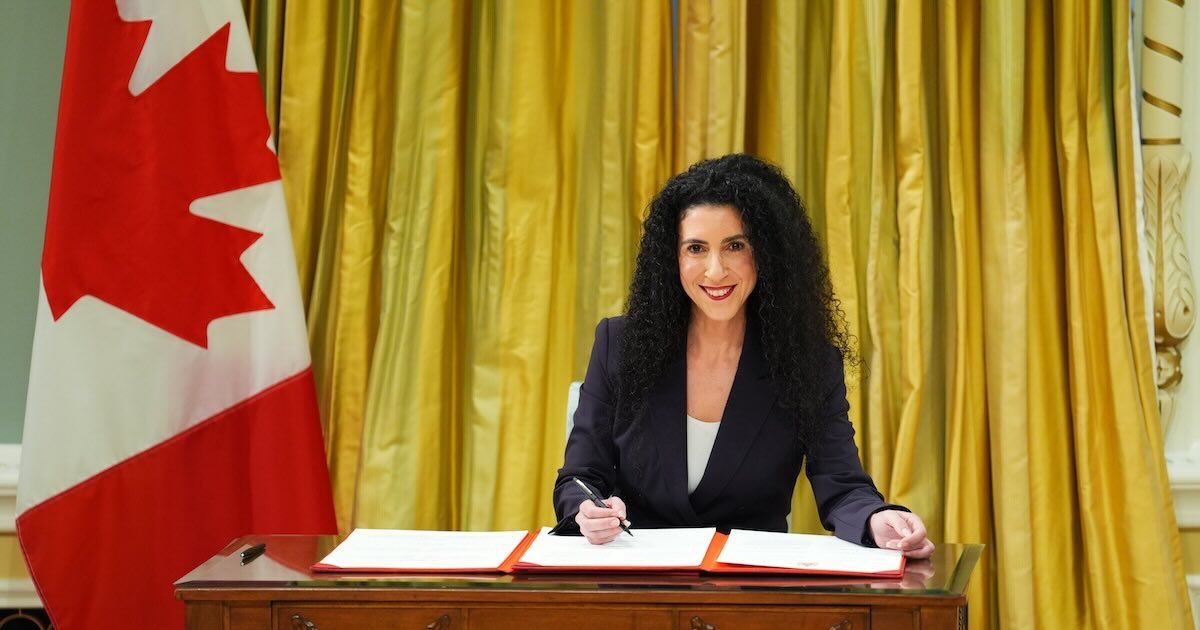In the first quarter of 2025, Canada’s population grew by just 0.6%. It's the lowest rate in four years. The reason? Immigration rules are getting tighter.
This article breaks down what’s causing the slowdown and how it affects foreign workers, students, and employers in Canada.
Context: A Sharp Drop in Non-Permanent Resident Growth
Canada's demographic engine has been driven for years by immigration, particularly by the arrival of non-permanent residents such as international students, temporary foreign workers, and asylum seekers. However, in early 2025, the federal government introduced stricter rules to address housing pressure, system backlogs, and public concerns regarding immigration levels.
According to Statistics Canada, inflows of non-permanent residents fell from 184,495 in Q4 2024 to 148,289 in Q1 2025. This 20% decline coincided with Canada's overall population growth rate falling to just 0.6%, the lowest since 2021.
The largest cuts were observed in two major categories: study permit approvals and employer-sponsored temporary foreign workers under the LMIA process. Meanwhile, provinces like Quebec also implemented regional moratoriums, such as the ongoing freeze on LMIA applications in construction sectors within urban zones.
This contraction in intake has ripple effects, not only for immigrants but also for the sectors that rely on foreign labour to meet staffing needs.
.png?width=345&height=431&name=canada-slows-down-immigration-tightening-shrinks-population-growth%20(1).png)
Key policy changes include caps on international student admissions, stricter work permit approvals under LMIA, and delays in permanent residence processing.
Implications for Temporary Residents and Employers
Key Impacts by Immigration Category
| Category | Key Impact | Example |
| International Students | Study permit caps and reduced PGWP access | Student rejected due to provincial intake limits in Ontario |
| Temporary Workers | New LMIA restrictions and delays | Construction worker in Alberta waits 4 months for LMIA approval |
| PR Applicants | Fewer, lower-scoring Express Entry draws | Skilled worker with 460 CRS score not invited in latest round |
| Employers | Difficulty hiring foreign talent | Food processing plant in Quebec unable to recruit due to regional LMIA freeze |
Impact on Immigration Pathways
The slowdown in temporary resident intake is also disrupting long-term immigration goals. Many foreign workers rely on LMIA-based employment to become eligible for Canadian permanent residency through the Canadian Experience Class (CEC) or Provincial Nominee Programs (PNPs).
With fewer job offers being approved under LMIA rules, and longer timelines for PR applications, candidates face growing uncertainty. Express Entry draws have become more selective, often targeting sector-specific skills or francophone applicants. Fewer all-program draws were observed in early 2025, and minimum CRS cut-offs remained elevated.
In addition, international students are seeing tighter restrictions on access to post-graduation work permits (PGWPs), especially those studying at private colleges or outside of public partnerships. These changes may shrink the future pipeline of PR-eligible graduates.
Applicants in lower-priority sectors or with moderate CRS scores are now forced to reassess timelines or seek regional streams with fewer barriers (particularly in French-speaking or rural areas).
Slower work permit approvals are delaying PR eligibility for in-Canada workers. Express Entry draws have become less frequent and lower in volume.
International students who expected to transition to post-graduation work permits may face limits or new requirements under recent IRCC guidelines.
What Immigrants and Employers Can Do
- Audit your LMIA strategy: Ensure roles meet updated requirements
- Consider IMP alternatives: Some streams bypass LMIA entirely
- Target bilingual or regional programs: French-speaking applicants and rural pilots may face fewer restrictions
- Act early: Processing delays mean every month counts in 2025

Let’s get your demo started
Book a demo
You May Also Like
These Related Stories

Quebec Cuts International Student Enrolment by 20%
Quebec has announced a 20% reduction in international student enrolment for post-secondary institutions in 2025. This change will impact thousands of …

Immigration Falls Off Canada’s 2025 Radar but Key Policy Shifts Remain
Is immigration still shaping Canada’s future? While it’s no longer an election headline, new policies are quietly reshaping the path for newcomers. Le …

Rachel Bendayan as Immigration Minister: Will Canada’s Policy Change?
Rachel Bendayan’s appointment comes as part of a broader political shift—just yesterday, Mark Carney was sworn in as Canada’s new Prime Minister, repl …
